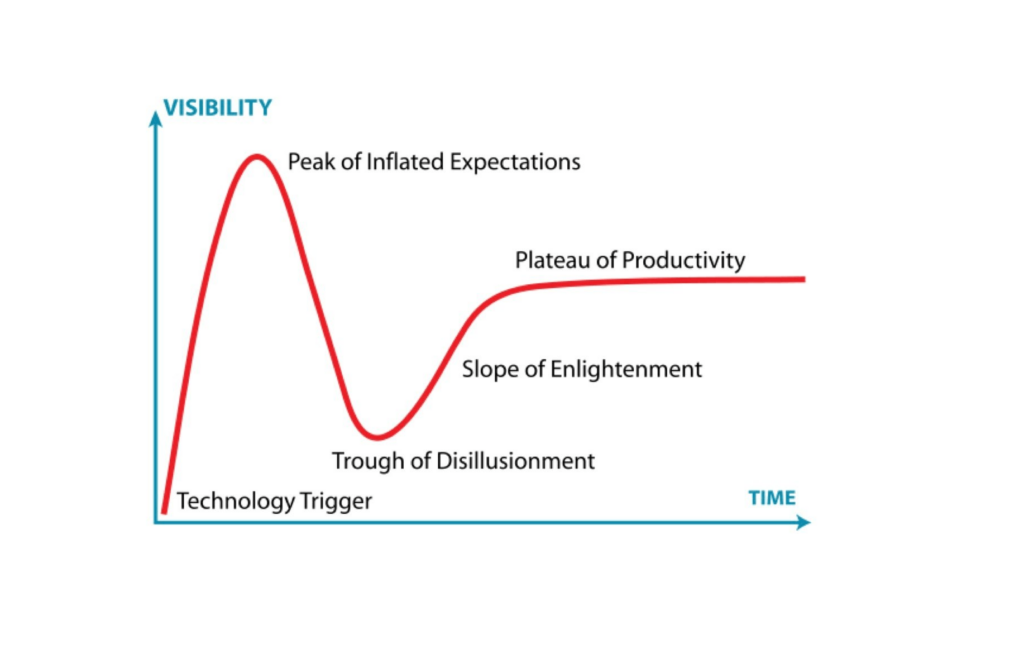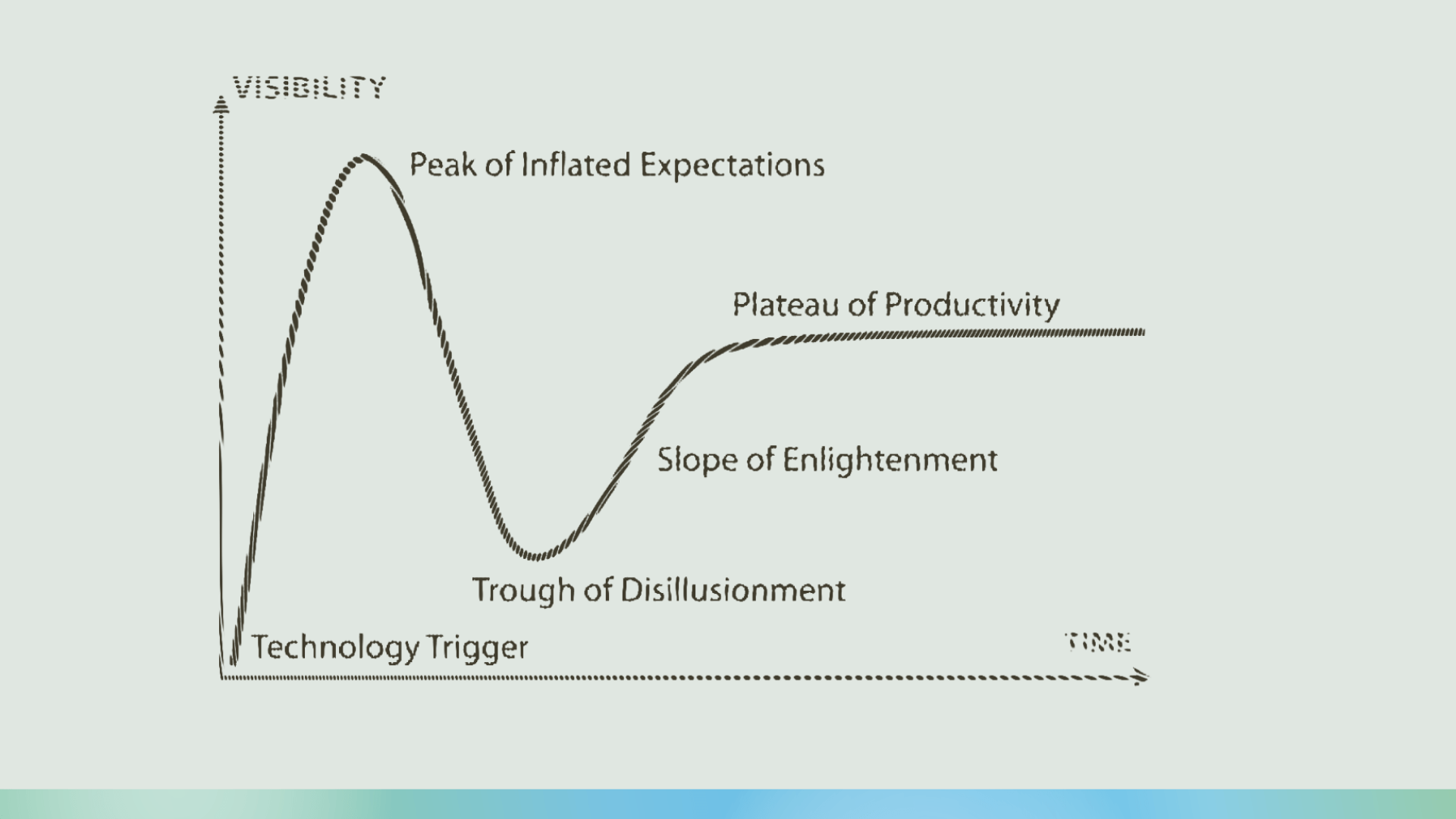
Gartner recently published its annual report, “Hype Cycle For Emerging Technologies 2016“, which for the first time includes Enterprise Taxonomy and Ontology. Unfortunately however, Enterprise Taxonomy has already slipped into the phase of the cycle known as the ‘Trough of Disillusionment’ (ToD), in which hype generated by over-selling naturally lulls after a failure to deliver on exaggerated expectations.
Nonetheless, according to Gartner’s model this is just part of the journey to ultimately reach success (or the ‘Plateau of Productivity’, as it’s described in the chart). Interestingly, Enterprise Taxonomy has never really enjoyed real hype. It was introduced by Gartner because it is gaining ground after being around for some time in the US market. Enterprise Taxonomy both underpins Information Infrastructures (Separate Gartner Report 2016), as well as being a “Smart machine technology that will revolutionize manufacturing and its related industries“.

Multilingual Knowledge Systems support the Digital Single Market and underpin the future of the EU.
Enterprise Taxonomy has struggled through many years without professional editing and management software. Still, it has pushed its way into the tool box of CIOs as it has proved to be extremely useful. Today, browser-based software is available to support taxonomy assets in a SaaS model. Coreon, for example, seamlessly supports the creation, management, and deployment of enterprise taxonomies. Terms in multiple languages are easily introduced into the asset, and search APIs enable the integration of the knowledge assets into all kind of applications. This fulfils the need of an enterprise to fully support the taxonomy process on a global scale, and in multiple languages. Such a global knowledge resource is known as a Multilingual Knowledge System.
Recently, Multilingual Knowledge Systems have also become synonymous with cross-border interoperability. They support one of the most important initiatives of the CEC — the Digital Single Market — and underpin the future of the EU. Surely European companies will soon follow the best practice of US enterprises, structuring their knowledge to best serve a multilingual market. In fact, the opportunity is there for European industry to forge ahead and take the lead!


